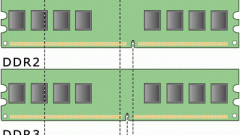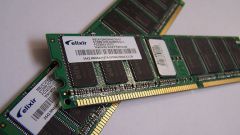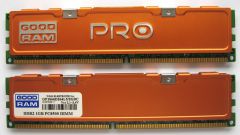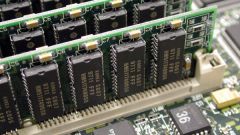You will need
- - computer with Windows.
Instruction
1
Very often to reduce the frequency of the memory is possible only using the BIOS. The following method is likely not suitable for some notebook models. Also, it may not be suitable for owners of computers with an outdated BIOS. A lot depends on the model of your motherboard. Some of them manually adjust the frequency of memory is simply blocked.
2
Turn on the computer. Immediately after pressing power, press the Del button. Instead of your usual operating system boot you will get to the BIOS menu. Make the management in this menu you need using the arrows on your keyboard as mouse control is not available.
3
Basically the BIOS menu, select the Advanced tab, then in the resulting menu - CPU Configuration. Then click on the option called Memory Controller. Then go to the Memory Configuration. Then you need to select the option Memory Frequeng. In the list of possible options for this setting, select Manual.
4
Now in the current window will be another option available Frequeny. Select it. Displays a list of available frequencies. Select an available frequency is below the current which will operate the memory. Now go to the main menu. Exit the BIOS. When you click Exit, a window will appear that asks you to save the settings. Select the Save parameter. The computer will restart and the memory will operate at reduced frequency.
5
If after reducing the frequency of memory problems, it is recommended to restore the default frequency. To do this, the line Memory Frequeng set to Auto. After a reboot the settings are restored. Also often if the system is not able to work at the frequency you set, it will simply restore the settings in the default memory.




